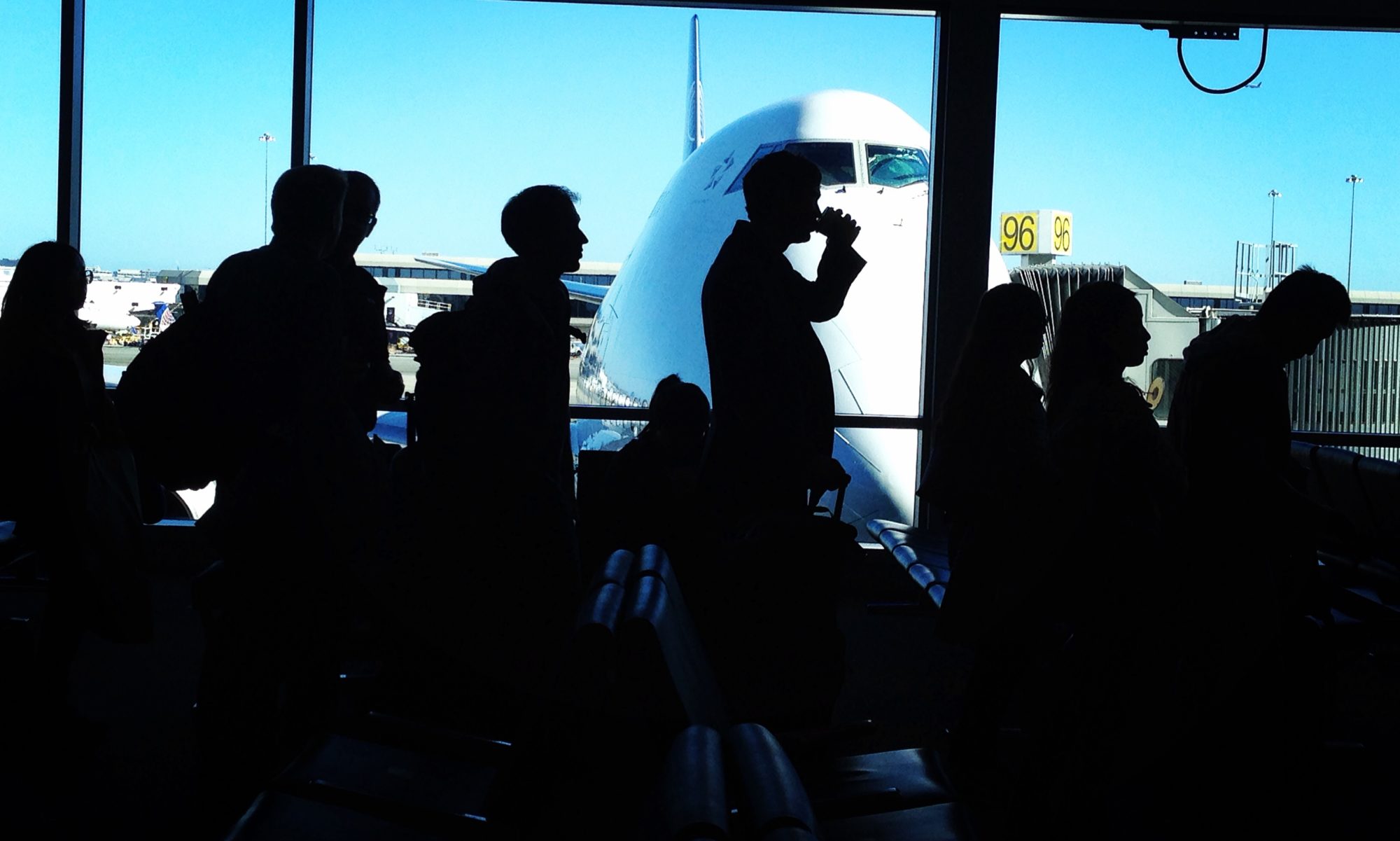By Clement Tan and Jing Jin
Aug. 8 (Bloomberg) — Shen Zhihong arrived at Shanghai’s Pudong International Airport looking forward to a vacation at the beach only to find his flight delayed indefinitely and his holiday plans at the mercy of the People’s Liberation Army.
The 64-year-old retired professor was among thousands to have their travel obstructed last week when more than 900 flights at Shanghai’s two airports were canceled as the Chinese military staged exercises in the East China Sea. That was the most of any city in the world and more than those of the New York and Chicago metropolitan areas combined, according to Flightstats, a website that compiles airline data.
“We understand and support the needs of national defense,” Shen said as he waited to fly to the port city of Dalian with a group of former colleagues from Fudan University, where he used to teach. “But we hope there will be less and less impact on civilian flights.”
Delays at Chinese airports, ranked the world’s worst, highlight the tensions in a nation home to a swelling middle class and a ruling party with a 65-year monopoly on power that’s intent on strengthening its military. At stake is the growth of a commercial aviation market that trails only the U.S. in size and needs the PLA to cede airspace to China Southern Airlines Co. (1055) and other carriers to increase routes.
“The Western world’s been following a different model where civilians take priority,”said Geoffrey Cheng, head of transportation research at BOCOM International. “The aviation market has been developing in China at the discretion of the military releasing airspace.”
Worst Ranking
Shanghai’s Pudong airport was ranked next to last for timeliness among the world’s 35 busiest, with only 29 percent of flights departing on schedule, according to a June 2013 report by Flightstats. Beijing’s Capital International Airport was the worst, with just 18 percent of flights on time.
Phone calls to the Shanghai Airport Authority and the Civil Aviation Administration of China seeking comment went unanswered. The Ministry of Defense didn’t respond to faxed questions seeking comment.
Anger about delays has triggered extreme reactions. In April 2012, a 15-hour delay prompted about 30 enraged passengers to storm onto the taxiway at the Pudong airport. Two days later, another group of passengers also forced their way onto the tarmac, this time at Guangzhou Baiyun Airport.
Military Control
One reason for the delays are limits on where jetliners can fly. While head of the department for air transportation regulation at the Civil Aviation Administration of China, Shi Boli said in a May 2013 interview that civilian aircraft could only use about 20 percent of airspace. In eastern China, home to the busiest airports, the military controls 52 percent of air space, according to a 2011 report by the China News Service.
By contrast, military-controlled and restricted air zones in the U.S. are relatively rare, said Richard Aboulafia, an aerospace analyst at Teal Group Corp. who is based in Fairfax, Virginia. European airspace is managed under a “flexible use” policy and there’s seldom any major impact on civilian routes, according to air traffic supervisory agency Eurocontrol.
The effects of military control over Chinese airspace have be on display in the past three weeks. On July 22, state broadcaster China Central Television reported that airlines had been ordered to cut a quarter of their flights to a dozen domestic airports to accommodate four weeks of “high frequency exercises” from July 20 to Aug. 15. The report, posted to CCTV’s microblog, was later deleted.
Every Country
Geng Yansheng, a defense ministry spokesman, said at a July 31 briefing that military drills would affect civilian flights to a “certain extent.” This phenomenon “exists in every country,” Geng said, according to a transcript of his remarks posted on the ministry’s website.
China’s military drills are growing in scale amid increased tensions with Japan, Vietnam and the Philippines over competing territorial claims. Last weeks exercises in the East China Sea took place as live-fire drills were held in the Bohai Strait and the Gulf of Tonkin. Zhang Junshe, a researcher at the Navy Military Research Institute, told the Beijing News it was a coincidence that the exercises happened simultaneously, though the scale of the drills was larger.
That’s put the PLA at odds with surging demand for travel from China’s burgeoning middle class. The number of outbound Chinese tourists will double to 200 million annually by 2020, CLSA Asia-Pacific Markets estimated in January.
China Southern, Asia’s largest airline by passengers, and other local carriers are buying planes and adding flights in response. Their total number of aircraft may almost double to 4,200 by 2020 from 2,145 at the end of last year, according to Li Jiaxiang, head of the civil aviation regulator.
More Congestion
Without more airspace, more planes will mean more congestion if airlines must squeeze greater numbers of flights into the existing number of routes.
Chinese travelers have an alternative in the 19,000 kilometers of high-speed rail that the government targets building by 2015. A journey from Beijing to Shanghai by that train network is about five hours, compared with about three hours by air.
“China is going in that general direction of reform, but opening up air space is a multi-year process,” said Paul Wan, head of Asia transportation and industrial research at CLSA Ltd. in Hong Kong. “Nobody should expect anything to change too much too soon.”
This story was first published at Bloomberg.com.
